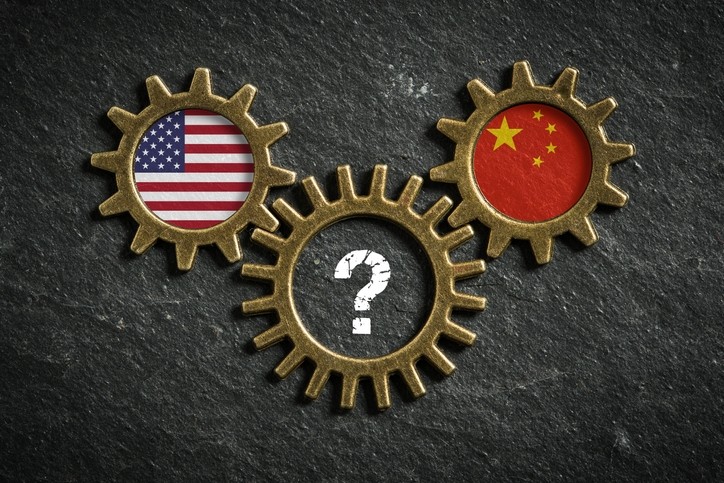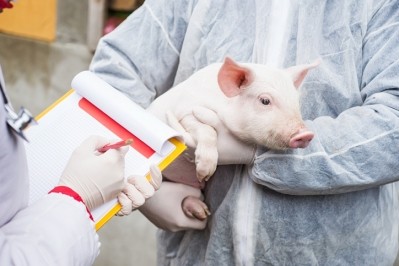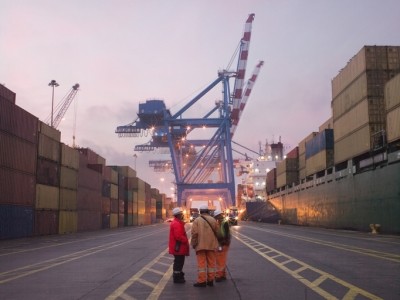US, China ratchet up tariffs, trade tensions

Both countries have announced plans to increase tariffs on imported products starting yesterday [September 1].
The US said on Friday that it plans to add an additional 15% tariffs on $300bn in products coming in from China, as per information from the office of the US Trade Representative (USTR). Those products include feed grains and ingredients like oilcake, flaxseed and cottonseed and corn derivatives and animal feeds with milk or milk derivatives or egg, along with dairy and fresh and frozen animal products.
Following public hearings and comment on the products facing tariffs, some products won't see a tariff hike until December 15, according to the USTR.
In retaliation, officials with China's Ministry of Finance’s (MOF) State Council Tariff Commission (SCTC) said it would be raising its tariffs by 5 or 10% on about $75bn worth of products from America – including soybeans and pork products. That move would see tariffs increase from 25% to about 30% and 50% to about 60%, respectively.
What started as a row over China's reportedly unfair trade practices is now being viewed as a tit for tat political game of domination.
Tariffs, tensions and market loss
Several feed and agriculture industry organizations have criticized the back-and-forth tariff increases, citing the potential for longer-lasting damage to market share.
The National Farmers Union (NFU) was among the organizations that addressed the situation, saying that beyond the imposition of or increase in tariffs, its concern is that Chinese companies with government ties are choosing not to buy products from the US.
“We’re in a cycle of escalation with China with the trade war and it’s unclear when that’s going to ease, or when there’s going to be any end to the escalation,” Jenny Hopkinson, senior government relations representative, NFU, told us.
With the outbreak of African Swine Fever (ASF) in China, there have been declines in pork production, and though the US is a pork producer, Chinese companies are looking to other markets, she said as an example.
“China has, in general, stopped buying US goods whether or not they’re competitive.”
Additionally, as the trade war continues it challenges the US’ reputation as a dependable trading partner, she said.
“The rest of the world is going on trading while the administration is going through this process – are we seen as much of a reliable supplier as before? Countries may look elsewhere and that’s a big concern.
“It’s kind of worrying all around – the longer we’re blocked out of China the more China is going to set up other supply chains be it with Brazil, Canada or Australia and once those are established it’s likely they’ll stay established,” said Hopkinson.
Countries that increase their volumes of feed crops like soybeans to supply the Chinese market also may have the ability to supply other markets, she added.
Producers have already started to look at which markets could be fill the gap arising from the loss of access to the Chinese market, said Hopkinson.
“Maybe I’m a pessimist on this front, but I don’t know how we replace China – it [counted for] $21bn in agricultural exports in 2016.”
Davie Stephens, president of the ASA, also weighed in, asking both the US and China to stop increasing tariffs and find a resolution to the situation.
“This escalation will affect us not because of the increased tariff on our sales, which have been at a virtual standstill for months, but through time. The longevity of this situation means worsening circumstances for soy growers who still have unsold product from this past season and new crops in the ground this season – with prospects narrowing even more now for sales with China, a market soy growers have valued, nurtured, and respected for many years.”












